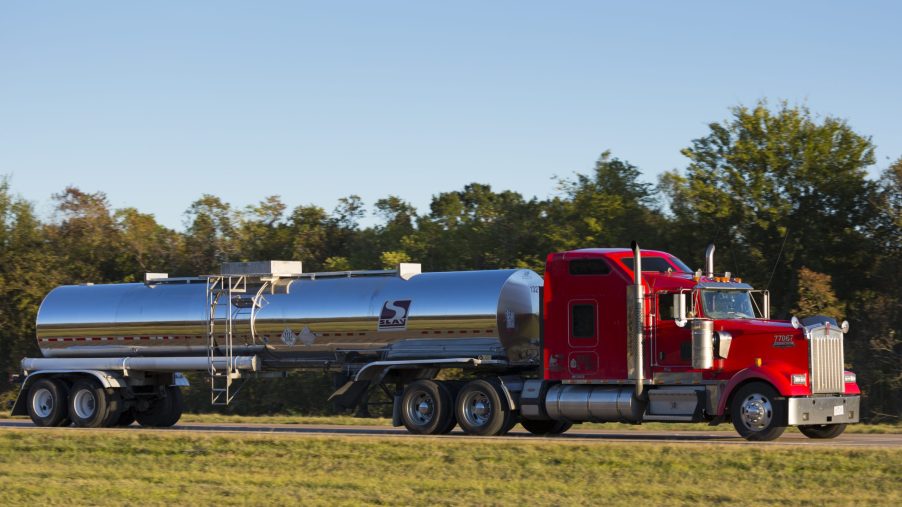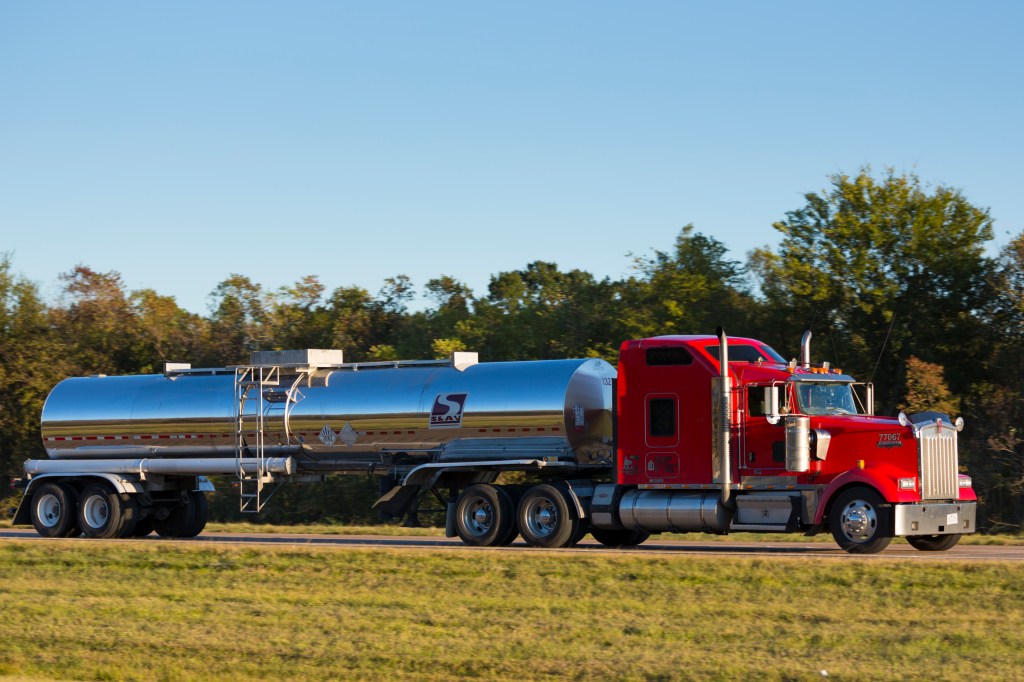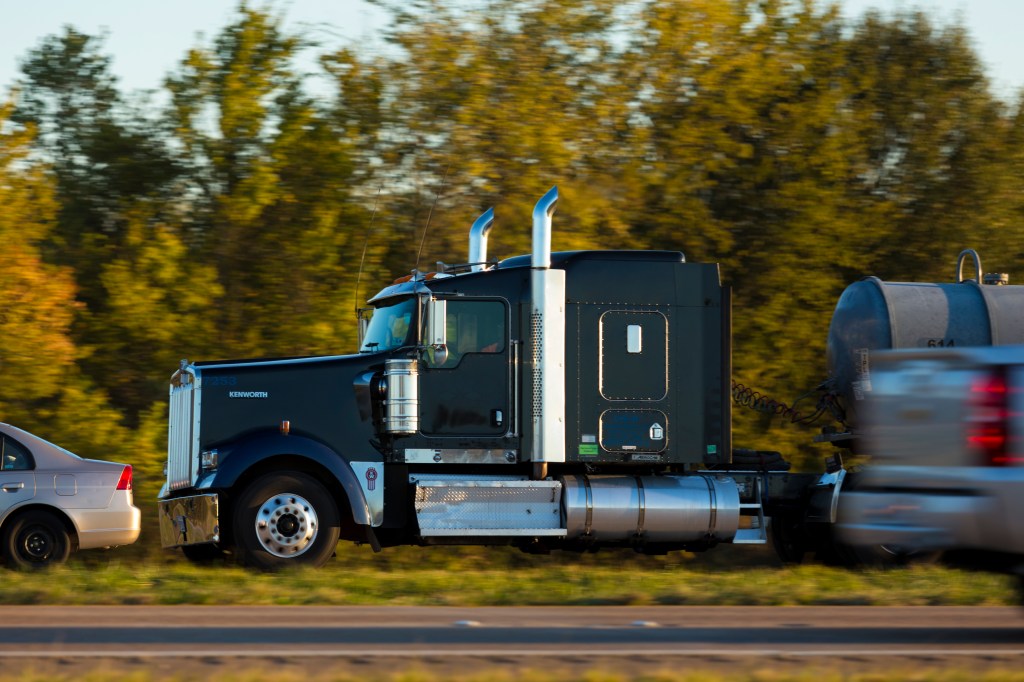
What Does G.O.A.L. Mean to Truckers?
I like going on road trips, and at one point I wanted to go off the grid and become a long-distance semi-truck driver. But earlier this week, as I was on I-95 South to Florida, I spotted a little sticker on the driver’s side mirror of an 18-wheeler. It simply said “G.O.A.L.” I’d never seen anything plastered to the mirror-like that, but after a little digging, I learned exactly what that sticker meant, and other tidbits of semi-truck safety you should know too.

What does G.O.A.L. stand for?
G.O.A.L. stands for “Get Out And Look,” and applies to truckers whenever they’re backing in a trailer. The most common accidents in the trucking world involve a big rig backing up and failing to see what’s behind it. In order to prevent that, drivers are encouraged (and sometimes required) to physically get out of the vehicle and look at what they’re doing. This applies to all truckers, no matter how experienced, as a simple measure to prevent expensive accidents.
According to the National Safety Council, backing accidents make up 500 deaths a year, and 15,000 injuries. They also account for one in four semi-truck-related accidents. But getting out to look doesn’t just mean making sure you’re not about to hit anything behind you. G.O.A.L. implies that the trucker observes all six sides of the truck: the front and rear, the left and right sides, and above and below for clearance.
That’s because trucks have massive blind spots (even pickup trucks have them), and in order to keep you safe, it’s best that you know where they are too.
Where are a semi-truck’s blind spots?
Did you know that semi-trucks have four large blind spots? If you can’t see a semi-truck’s mirrors, the truck driver can’t see you. Give large #trucks extra room. #DriveSafe #SlowDown pic.twitter.com/iUpOk41W5i
— Michigan Office of Highway Safety Planning (@MIOHSP) May 24, 2021
The main blind spots or “no-zones” of a semi-truck are directly in front of it, directly behind it, and on either side next to the driver. There are a few simple measures you can take when driving around a truck to make sure they see you, and they don’t hit you.
For starters, if you see a truck flip its blinkers on, make a move. Whether that means slowing down to let them in front of you (the safer strategy) or finishing the passing maneuver you already started, don’t just hang out next to them or hesitate to get out of their way.
Secondly, keep a good following distance both behind and in front of a truck. As previously stated, a truck can’t see directly behind it. But you can back off enough where they will be able to spot you in their rearview mirror. The general rule of thumb I use is that, if you can see the driver in their side-view mirror, they can see you. If you can’t, they can’t.
And if you ever find yourself merging in front of a semi-truck, don’t just cut them off. Trucks are legally required to keep a safe following distance since it takes a lot longer to stop a truck with a trailer than it does your tiny car. Make sure you completely pass the truck and then, once there’s enough distance between you and them, flip on your blinker and merge into their lane.
Other strategies truckers use to stay safe on the road

Truck drivers are trained to drive trucks, and accidents don’t just threaten your life, it threatens their livelihood. Think of every truck on the highway like a mobile office. Those men and women are hard at work, and you don’t want to make their jobs harder.
Truck drivers often have what’s called a “space cushion,” which is another way of saying following distance. The only difference is that a space cushion applies to all sides of a semi-truck. Likewise, you need to be sure you’re giving them all the room they need. Pass consistently and safely, don’t be unpredictable, as that makes things more dangerous for everyone.
If you do decide to be a bully on the road/brake check a truck (which we strongly suggest you don’t do), be aware that most trucks are fitted with dash cams. Assuming you survive a highway accident with a truck, the accident is readily available for all to see. And if it was your fault, you’ll have one angry trucker to confront, as well as a whole lot of legal fees.
Simply put, just be patient. Truckers are workers too, just doing their job, and making their lives more difficult is extremely dangerous. After all, they can’t just look in their mirrors to back up, and rely on you to be aware of them just as they’re aware of you. After all, safety is the G.O.A.L.


